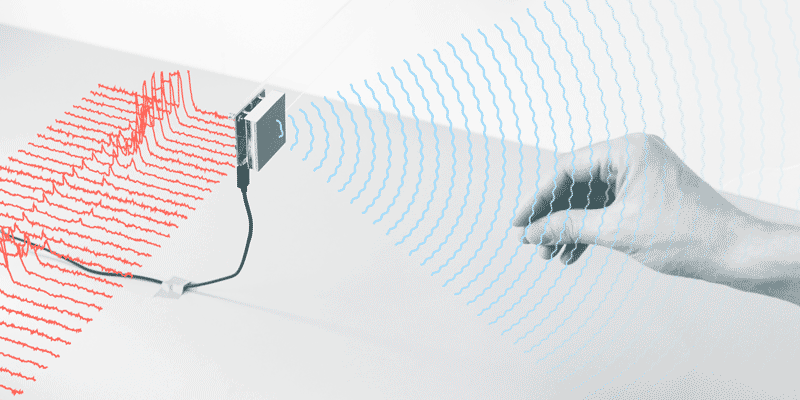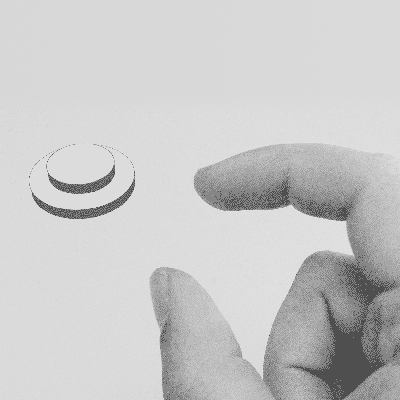Google's radar-based gesture sensor given the go-ahead
Tiny chips use radar signals to create virtual controls for devices


Google has been given the green light by the FCC to push forward with a radar-based sensor that can recognise hand gestures, with the technology being pegged as a new way to control smartphones and IoT devices.
Project Soli, which is a form of sensor technology that works by emitting electromagnetic waves in a broad beam, was initially blocked due to concerns it would disrupt existing technology.
Radar beam interpreting hand gestures - courtesy of Google
Objects within the beam scatter energy, reflecting some portion back towards a radar antenna. The signals reflected back capture information about its characteristics and dynamics, including size, shape, orientation, material, distance and velocity.
However, it's taken Google a number of years to get project Soli going as initially its radar system was unable to accurately pick up user gestures and had trouble isolating each motion. Google attributed these problems to the low power levels the smartwatch had to operate on due to FCC restrictions.
The tech giant applied for a waiver from the FCC to operate at higher power levels, something that was initially protested by Facebook as it claimed higher power levels could interfere with existing technology. This dispute has been settled by the two companies and Google has been granted a waiver after the FCC determined that project Soli could serve the public interest and had little potential for causing harm.
The approval means that Soli can move forward and create a new way to interact with technology. Due to the small size of the chips, it can be fitted into wearables, smartphones and many IoT devices.
Get the ITPro daily newsletter
Sign up today and you will receive a free copy of our Future Focus 2025 report - the leading guidance on AI, cybersecurity and other IT challenges as per 700+ senior executives
Carsten Schwesig, the design lead of project Soli, said his team wanted to create virtual tools because they recognised that there are certain control actions, such as a pinch movement, that can be read fairly easily.
"Imagine a button between your thumb and index finger the button's not there, but pressing it is a very clear action and there is a very natural haptic feedback that occurs as you perform that action," he said.

"The hand can both embody a virtual tool and it can also be acting on the virtual tool at the same time. So if we can recognise that action, we have an interesting direction for interacting with technology."
There is currently no indication as to when the company plans to roll out the new technology.
Bobby Hellard is ITPro's Reviews Editor and has worked on CloudPro and ChannelPro since 2018. In his time at ITPro, Bobby has covered stories for all the major technology companies, such as Apple, Microsoft, Amazon and Facebook, and regularly attends industry-leading events such as AWS Re:Invent and Google Cloud Next.
Bobby mainly covers hardware reviews, but you will also recognize him as the face of many of our video reviews of laptops and smartphones.
-
 Should AI PCs be part of your next hardware refresh?
Should AI PCs be part of your next hardware refresh?AI PCs are fast becoming a business staple and a surefire way to future-proof your business
By Bobby Hellard
-
 Westcon-Comstor and Vectra AI launch brace of new channel initiatives
Westcon-Comstor and Vectra AI launch brace of new channel initiativesNews Westcon-Comstor and Vectra AI have announced the launch of two new channel growth initiatives focused on the managed security service provider (MSSP) space and AWS Marketplace.
By Daniel Todd